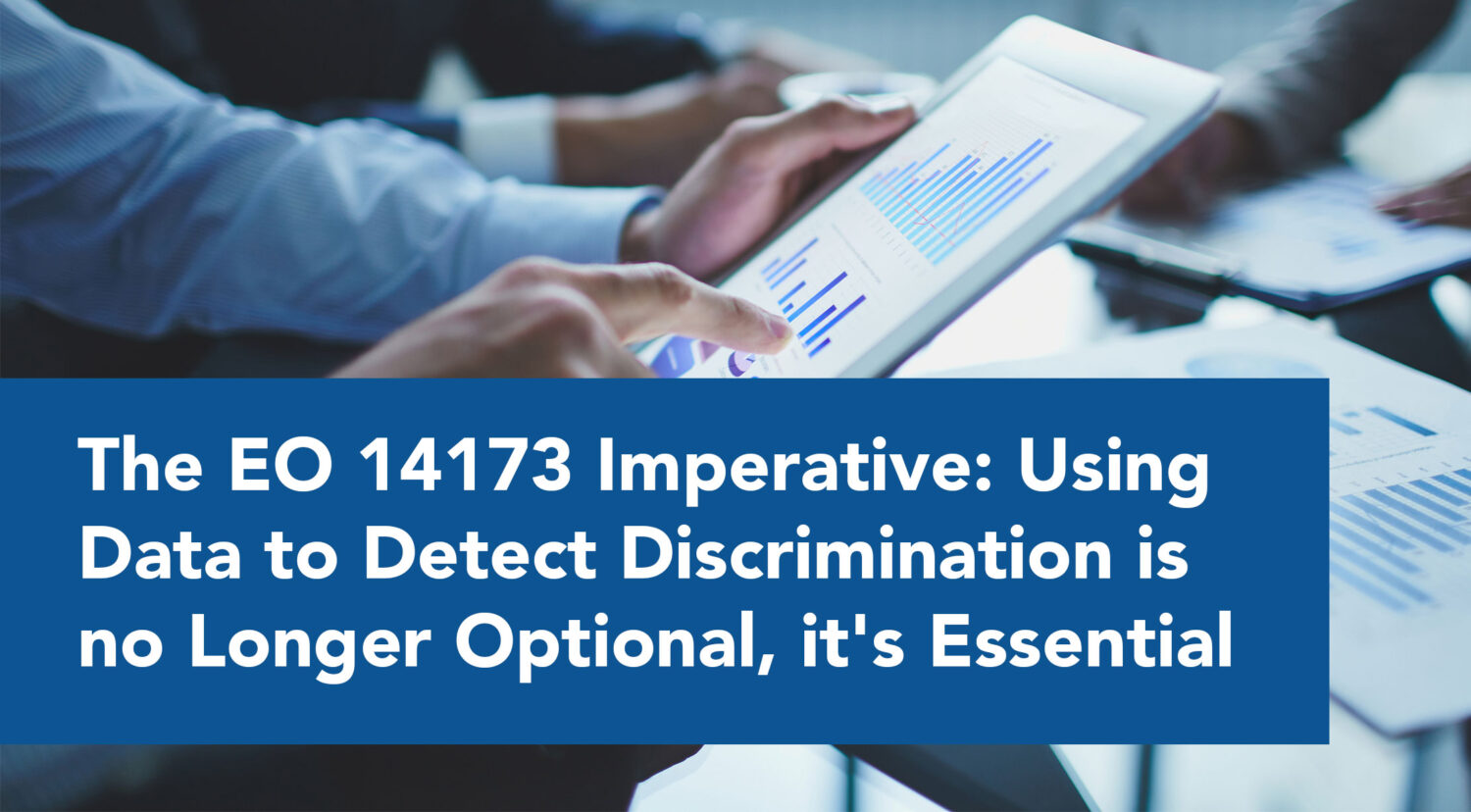

Affirmative action remains a hotly debated concept in the United States. A federal judge is currently deliberating over a case involving discrimination at Harvard University, one of the nation’s premier institutions. The United States Department of Labor has made significant changes to the way it handles affirmative action enforcement in recent years, making it a more collaborative process between subject employers and the enforcement agency.
In recent decades, there have been numerous reports demonstrating the business advantages of embracing affirmative action in the workplace. However, many company leaders still look at affirmative action as a regulatory burden as opposed to a business strategy. The government monitors the affirmative action programs of Federal contractors but increasing diversity within your organization should be made a priority regardless of federal requirements.
Here’s what you need to know about affirmative action and how businesses can benefit.
Origin and Enforcement:
The Executive Order 11246 initiated the Affirmative action requirements in 1965, following the Civil Rights Act, in an effort to address racial discrimination in employment. The Executive Order requires federal contractors to take affirmative action to employ candidates without regard to their race, religion and national origin.
Affirmative action has since been expanded to promote equal opportunities among races, genders, religions, sexual orientations, people with disabilities and protected veterans. The policy has been applied to businesses that contract with the federal government in an effort to counteract discrimination against all minorities.
As part of the policy, federal contractors are required to implement affirmative action plans (AAPs) that detail the practical steps taken by the company to address the underemployment of minority groups. This includes actions taken to ensure equal treatment of minorities in recruitment, compensation, and advancement. Plans should also include internal auditing and reporting systems to track a contractor’s progress in creating a diverse and inclusive workforce.
AAPs are monitored by the Office of Federal Contract Compliance Programs (OFCCP) as part of compliance reviews. Contractors can also be subjected to investigations if a complaint is made against them. As part of these reviews the OFCCP can examine personnel records, compensation data and conduct interviews to ensure contractors are in line with federal requirements.
Benefits and Consequences:
More and more businesses are relying on data to make difficult decisions and there is ample data to support the business case for affirmative action. Companies nationwide are reporting direct correlations between the diversity and inclusion of their staff and their revenues.
In January 2018, management consulting firm Mckinsey and Company released a report looking at the link between diversity and financial performance. According to the report, companies in the top quartile for gender diversity on their executive teams in 2017 were 21 percent more likely to experience above-average profitability than companies in the fourth quartile.
Another 2018 report, released by Boston Consulting Group demonstrates similar findings, specifically, a correlation between the diversity of management teams and overall innovation. BCG surveyed employees at more than 1,700 companies in eight countries and found that companies that reported above-average diversity on their management teams also reported innovation revenue that was 19 percentage points higher than that of companies with below-average leadership diversity.
Yet another 2018 report, this one looking specifically at Asia, indicates several benefits of increasing diversity and inclusion. Employee recruiting firm Hays surveyed more than 900 professionals who identified improved company culture, leadership and greater innovation as the top three benefits of diversity and inclusion.
And a final 2018 report by professional services company Accenture, examining persons with disabilities in particular, found that companies that were leaders in disability employment and inclusion had 28 percent higher revenue, double the net income and 30 percent higher economic profit margins.
While these reports show the ways in which affirmative action can financially benefit a business, those contractors who run afoul of the federal government’s affirmative action policies can feel a negative impact to their bottom line.
Last year, frozen food company Bird’s Eye agreed to pay $1 million as part of a settlement agreement with the DOL. Later in 2018, Performance Food Group Company agreed to pay $599,989 to settle hiring discrimination allegations. And in June of this year the DOL agreed to a $350,000 settlement involving allegations of hiring discrimination at BEK Foods.
However, avoiding a costly settlement isn’t the main reason businesses should be pushing affirmative action within their organizations. As the reports referenced here indicate, increased diversity and inclusion can have a positive impact on your operation as a whole. Diverse and inclusive workplaces are shown to have higher employee retention rates, a more positive company culture, and higher earnings. Instead of looking at federal affirmative action regulations as a burden, companies should see them as an opportunity.





